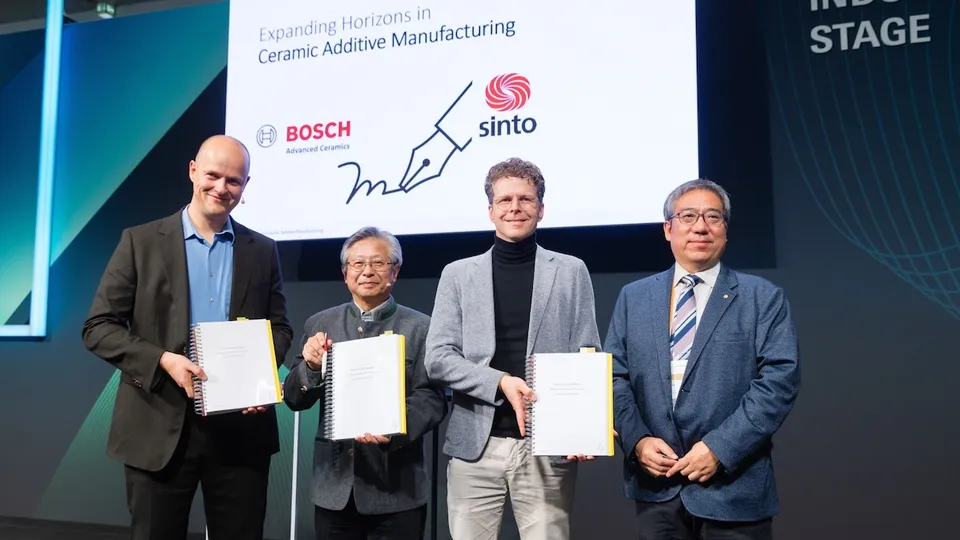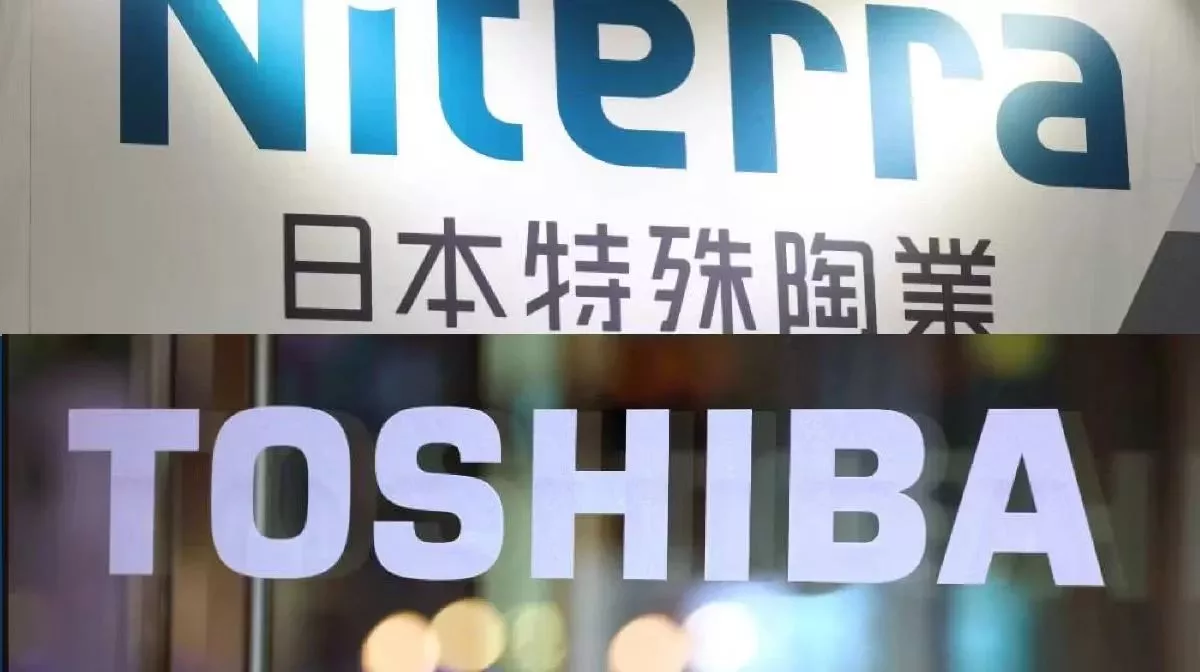If you work with high-performance materials, you've likely encountered alumina ceramic rods - those unassuming components quietly revolutionizing industries from microelectronics to heavy manufacturing. Let's break down how manufacturers transform raw powder into these engineering marvels, and why they're becoming the material of choice worldwide.
From Dust to Durable: The Production Process Demystified
Raw Material Prep
The journey begins with aluminum oxide (Al₂O₃) powder graded at 96%-99.9% purity. Particle size matters intensely here - most manufacturers use 0.5-1 micron grains (about 1/100th the width of human hair) for optimal density.
Shaping Techniques
Two dominant methods create the rod form:
Cold Isostatic Pressing (CIP): Hydraulic pressure (20,000-40,000 PSI) compresses powder in flexible molds, ideal for complex geometries.
Extrusion: Forces paste-like mixture through dies, perfect for high-volume production of simple rods.
Sintering: The Transformation
"Green" rods enter kilns heated to 1600-1800°C (2912-3272°F) for 12-48 hours. This controlled heating:
• Removes binders
• Fuses particles into a dense structure
• Causes 15%-20% shrinkage (critical for precision parts)
Precision Finishing
Post-sintering treatments ensure micron-level accuracy:
• Diamond grinding for ±0.001mm tolerances
• Laser machining for custom holes/channels
• Coatings like Teflon® or yttria for specialized uses
Global Applications Making Waves
Electronics & Energy
✔ Insulators in EV battery modules
✔ Substrate rods for circuit board components
✔ Plasma-resistant parts in semiconductor tools
Medical Innovations
◼ MRI-compatible surgical tools
◼ Wear-resistant dental implant posts
◼ Sterilizable components for lab equipment
Heavy Industry Workhorses
★ Abrasion-resistant guides in paper/textile production
★ Corrosion-proof pump shafts in chemical plants
★ Thermocouple protection tubes in steel mills
The Alumina Advantage
• Hardness: 9 Mohs scale (diamonds are 10)
• Temperature Resistance: Withstands 1650°C (3000°F)
• Dielectric Strength: 15-25 kV/mm
• Chemical Immunity: Unaffected by acids/alkalis
Why Global Engineers Choose Alumina
Cost-Effective Longevity Outlasts steel 8-10x in abrasive environments
Clean Manufacturing No heavy metals or toxins
Design Flexibility Customizable diameters (0.5mm-200mm+)
Real-World Impact
A German auto supplier recently replaced titanium fasteners with alumina rods in EV battery packs, achieving 30% weight reduction while maintaining structural integrity under vibration testing.
Key Considerations
While alumina rods excel in harsh conditions, they're not ideal for:
❌ Impact-heavy applications
❌ Rapid temperature cycling below 200°C
❌ Tight-budget projects (higher upfront cost than polymers)
From Tokyo's semiconductor fabs to Houston's oil refineries, alumina ceramic rods solve problems traditional materials can't touch. Their unique blend of strength, purity, and thermal stability makes them indispensable in our tech-driven world.
声明:本文由 CERADIR 先进陶瓷在线平台的入驻企业/个人提供或自网络获取,文章内容仅代表作者本人,不代表本网站及 CERADIR 立场,本站不对文章内容真实性、准确性等负责,尤其不对文中产品有关功能性、效果等提供担保。本站提醒读者,文章仅供学习参考,不构成任何投资及应用建议。如需转载,请联系原作者。如涉及作品内容、版权和其它问题,请与我们联系,我们将在第一时间处理!本站拥有对此声明的最终解释权。













